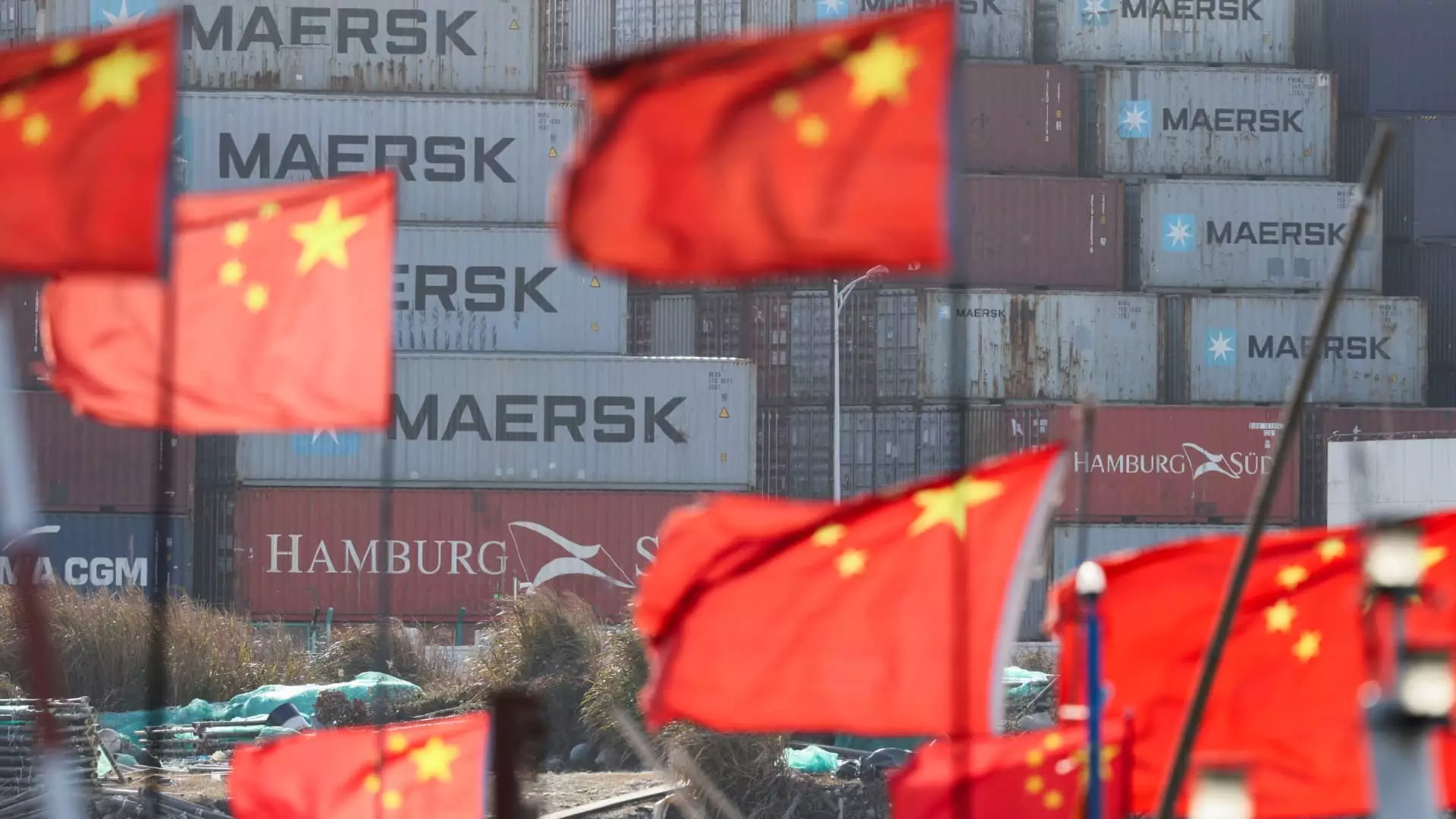The landscape of global trade is convoluted, characterized by a constant tug-of-war between major economies. The initiation of enhanced tariffs by the U.S. against China marks a pivotal moment in this saga, evoking a multifaceted response from Beijing. Analysts nestled within Greater China provide compelling insights into how China plans to navigate this turbulent chapter of economic warfare. With U.S. tariffs reaching a staggering 54% on Chinese exports—up from previous 20% levels—this situation isn’t just a mere bump in the road; it’s a potential cultural reckoning, challenging the very fabric of China’s economic strategy while simultaneously reshaping its international alliances.
A Call for Negotiation Amidst Ongoing Tensions
Despite the provocation of these tariffs, China’s immediate reaction seems restrained, emphasizing a strategy of dialogue rather than retaliatory defiance. The Chinese Ministry of Commerce’s insistence on “negotiation” indicates a preference for pragmatic engagement over adversarial posturing. Experts argue that, rather than escalating the tariff battle, China’s leadership may focus on stimulating the domestic economy while fostering relationships with longstanding and emerging trading partners. Bruce Pang, an adjunct at CUHK Business School, underscores this shift from a tit-for-tat mentality to active domestic revitalization, suggesting a mature economic approach—a far cry from the impulsive counterattacks often witnessed in such frays.
The Quest for Economic Autonomy: Domestic Synthesizing
In an era defined by intricate global interdependencies, China’s pivot towards enhancing domestic consumption and diversifying export markets is not merely a survival mechanism; it reflects a profound understanding of its economic resilience. The approach entails substantial stimulus measures aimed at cushioning the blow of U.S. tariffs while ensuring that growth rates can be sustained even amidst international hostility. The unveiling of programs to boost consumption and the resumption of fiscal support—in response to market signals—discloses Beijing’s shrewdness in maneuvering through adversity.
Alongside these domestic measures, a deeper engagement with Southeast Asian markets allows China to mitigate the effects of rising tariffs. The de facto strength of ASEAN as a trading bloc and its collaboration with Beijing through RCEP has positioned China favorably, shifting trading relationships and enabling significant increases in overall trade volume. Such strategies signify that while the U.S. may wield tariffs as instruments of power, China possesses the capability to marshal its vast market potential in ways that can substitute for dependency on the American economy.
Countermeasures Beyond Tariffs
Counteraction in the form of retaliatory tariffs may not entirely characterize China’s response; rather, employments of strategic measures like export controls, blacklists, and probable investigations into U.S. companies illustrate a calculated shift. Larry Hu’s observations paint a forward-looking picture that indicates Beijing’s intent to maintain a strong yuan to exert inflationary pressures on the U.S. This maneuver could inflict broader economic repercussions internationally, revealing that China’s arsenal encompasses more than just conventional economic warfare.
Echoing this sentiment, senior consultant Cameron Johnson adds a refreshing perspective, arguing that the newest tariff policy may inadvertently benefit China by consolidating its dominance throughout Asia and Africa. The U.S. may be underestimating China’s capacity to reinforce its ties with emerging markets, effectively transforming potential losses into newfound strengths. As trade gaps change and the dynamics of global supply chains evolve, the fault lines of power will likely shift.
A Glimpse into the Future: Navigating Economic Horizons
Beijing’s calculated response and strategic outreach to its nearest trading allies subtly challenge the narrative that U.S. tariffs can stifle China’s growth. With a commitment to achieving a 5% GDP growth rate, the Chinese government has not only acknowledged the arduous nature of this task but has also illustrated its readiness to deploy robust fiscal strategies when necessary. By establishing partnerships and expanding its influence, Beijing is working diligently to frame its narrative—one that positions China as a proactive economic player amidst a backdrop of contention, rather than a passive recipient of punitive measures.
Critically, the implications of these developments extend beyond immediate economic calculations; they hint at a broader ideological shift toward center-wing liberalism—one that embraces negotiation and collaboration over retaliation. The unfolding dynamics lay bare the fragility of unilateral approaches in a highly interconnected world, suggesting that sustainable solutions to economic strife lie in the collaborative spirit, transcending adversarial restrictions. As both nations navigate the complexities of their respective political landscapes, it remains prudent to recognize that the art of negotiation may very well be the most powerful tool in reshaping the future of international trade.

